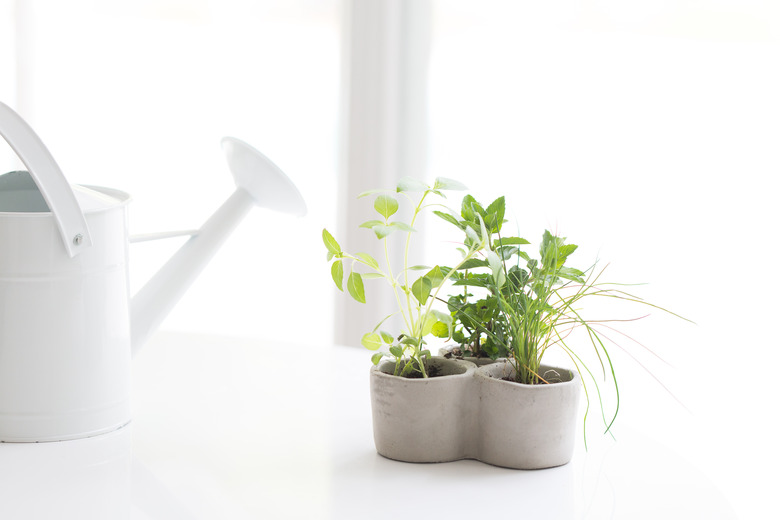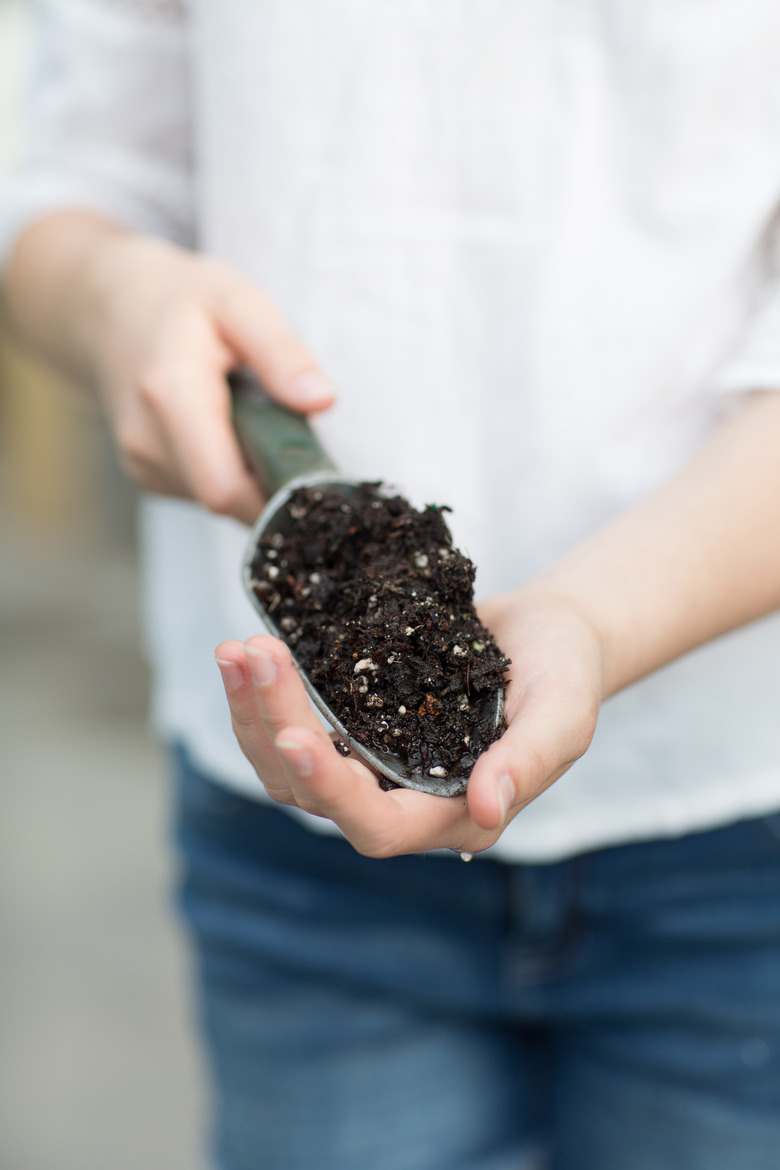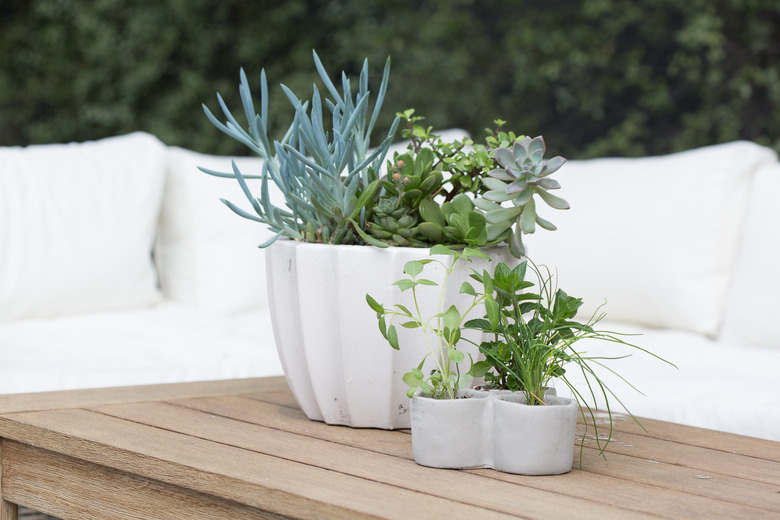New To Gardening? What You Need To Know To Grow An Herb And Spice Garden
Hey you, with the brown thumb — good news. Your very own thriving herb and spice garden is just a few easy-to-follow steps away. If you're ready to up your gardening game, a great place to begin is with a simple herb and spice garden. These plants are exceptionally easy to grow and live happily in pots. Growing herbs is also an excellent way to deter pests because they attract beneficial insects (in particular, ladybugs in the garden are helpful to get rid of pesky aphids).
Even if you do have that brown thumb, you've got this. Here's how to get started.
Note: For beginners, it is easiest to purchase young plants at the garden store than to grow from seed.
Assess Your Space
Assess Your Space
Decide the best arrangement for your spice garden by reviewing the options in your space. You can put together a simple, container herb garden indoors or outdoors. Choose the best option by taking a look at your climate and living space. If you live where it's warm year round and have a big patio, outside is entirely possible. Cooler regions and urban apartment dwellers may do better inside.
Find the Sun
Find the Sun
Locate an area with plenty of sun that will serve as your garden's home base. Whether you pick a sunny kitchen window sill or a south-facing patio corner, you'll want to offer your plants at least five to six hours a day of direct sun. Popular herbs like basil, rosemary, and thyme won't grow without plenty of rays. Parsley, mint, and chives may squeak by with four hours of sun.
Pick Your Plants
Pick Your Plants
Decide which herbs you want to invite into your life. Pick herbs and spices you are likely to use, those you and your family enjoy. A short list of herbs that thrive in container gardens include:
- Basil (Ocimum basilicum)
- Oregano (Origanum vulgare ssp. hirtum)
- Rosemary (Rosmarinus officinalis)
- Thyme (Thymus spp.)
- Sage (Salvia officinalis)
- Dill (Anethum graveolens)
- Mint (Mentha spp.)
- Chives (Allium schoenoprasum)
Choose Your Pots
Choose Your Pots
Pick one large or a collection of smaller pots for your new plants. Herbs will grow in almost any container with adequate drainage, but be sure pots destined for one herb are at least 10 inches in diameter and those for multiple herbs at least 18 inches. Plastic pots are light, but they don't last very long. Ceramic or stone pots are durable but heavy to move. Clay pots absorb water and dry out quickly, which makes them great for growing Mediterranean herbs such as thyme, but less great for moisture-loving plants like basil.
Add Premium Soil
Select a really good potting soil to fill your containers. Pick a premium, porous mix that includes perlite or vermiculite, lightweight materials that loosen and aerate the rest. Don't even consider garden soil. It's too heavy for containers and will smother the plants. You can also make your own custom soil mix by blending three parts commercial potting mix, one part compost, and one part perlite or coarse sand for drainage.
Match Up Wisely
Match Up Wisely
Pair up herbs in one pot only if they have similar sun and water requirements, like rosemary and thyme, or basil and chives. Space the young plants with their mature size in mind and give each one enough elbow room to grow and thrive.
When you are ready to cut and gather some herbs, don't agonize about doing it "right." You can use snippers, scissors, a knife, or your fingers to harvest what you need at any time before the plant flowers. Take the older leaves first, but only select healthy plant parts, free of insect damage.Take them in the morning just after the dew evaporates. If you need the whole plant, snip off annuals at ground level but never harvest more than one-third of a perennial's stems.
Water When Dry
Water When Dry
Irrigate your herbs according to their needs, and this will vary. Some herbs like moist soil, like basil and mint, while others prefer drying out completely between drinks, like thyme. The size of the container and its location also impacts how quickly the soil dries out. Generally, it's good to allow the soil to dry slightly for drought-tolerant herbs, and to keep the soil constantly moist for herbs like chives and basil. Whenever you water, give the pot enough of a drink that the excess flows from the drain holes. If you want, you can give your herbs a liquid fertilizer every month during the growing season.
Get ready to Instagram your new garden!


